Edelmetalle: Handel der Zukunft – Technologiemetalle als Rohstoff in Industrie für Technologien. Die Diskussion der kritischen Rohstoffe – im Gespräch mit Dr. Peter Riedi, EM Global Service AG mit Sitz im Fürstentum Liechtenstein
Die Trends der Zukunft geben nicht nur die Lebenswirklichkeit vor, sie beeinflussen auch die verschiedensten Märkte auf der ganzen Welt. Durch neue Technologien zur Reduktion des Kohlenstoffdioxid-Ausstoßes und der Digitalisierung steigt der Rohstoffbedarf für Edelmetalle und Seltene Erden, dies führt zu kritischen Diskussionen. Schon jetzt zeichnet sich eine Veränderung auf dem Edelmetallmarkt ab, welche als Grundlage für Investitionen viel erwarten lässt. Sinnvoll ist, sich in der Gegenwart mit dem Handel von Edelmetallen wie Gold und Silber zu beschäftigen sowie den Seltenen Erden.
Das Edelmetall Gold
Moderne Technologien kommen ohne Seltene Erden (insgesamt umfassen diese 17 Elemente) nicht aus. Volkswirt und Experte von Edelmetallen Dr. Peter Riedi hierzu: „In der Vergangenheit wurde Gold meist als Schmuck oder als reine Wertanlage gesehen. Mittlerweile spielt Gold eine immer bedeutendere Rolle in Industrie und im Technologiesektor, welche in den nächsten 30 Jahren weiter steigen wird. Dafür gibt es zwei Gründe. Einerseits gibt es und wird es immer Menschen geben, die sich technische Geräte wie z.B. Smartphones leisten können und andererseits durch die höhere Nachfrage von Unternehmen, die diese Produkte mit dem Edelmetall Gold produzieren bzw. dieses recyceln werden.“
Lange Zeit wurde Gold für innovative Technologien nicht beachtet, da es relativ wenig reaktiv ist. „Dies hat sich durch den technologischen Fortschritt geändert. Zahlreiche Anwendungsfelder machen sich genau diese Eigenschaft von Gold zunutze. Ohne Rohstoffe kein Wohlstand, denn Edelmetalle wie Gold, Silber und Platin aber auch Rohstoffe wie Wasser, Eisen, Zink, Erdöl und Gas bilden eine fundamentale Voraussetzung für unseren heutigen Wohlstand. Fast jeder Industriezweig ist von diesen – endlichen – Einsatzfaktoren abhängig. Metalle finden sich in Automobilen, Elektromotoren und Gebäuden. Gold ist zudem ein wichtiger Bestandteil in der erfolgversprechenden Technologie der Nanopartikel. Diese werden u.a. für den Schutz von Platin-Katalysatoren in der Autoindustrie verwendet. Die IT-Industrie zählt zu den bedeutenden Gold Verbrauchern. Silber wird bei der Produktion von CDs oder Batterien benötigt, Platin für medizinische Geräte, LCD Bildschirme oder in der Katalysatortechnik genutzt. Und dies sind nur einige Beispiele“, erläutert Dr. Peter Riedi.
Neben des Energiesektors entstehen weitere Anwendungsfelder, die in Zukunft einen wachsenden Bedarf an Gold versprechen. Beispielsweise die Elektronikindustrie, die heute für Chips verschiedenen Edelmetalle benötigt, u.a. auch Gold. Durch die steigenden finanziellen Mittel für diese Produkte, steigt die Nachfrage nach Gold.
Silber und Kupfer
Wegen der Energiewende und dem dadurch höheren Bedarf an Windkraftanlagen, wird der Kupferbedarf in den nächsten Jahren rapide steigen. Dr. Peter Riedi hierzu: „Die Nutzung von Silber zur Wertaufbewahrung und Schmuckfertigung ist seit Jahrhunderten üblich. Zunehmend größer wird jedoch seine Relevanz für industrielle Fertigungsprozesse. Ein Grund: Silber besitzt hervorragende Eigenschaften, wenn es um die Leitung von Wärme und Elektrizität geht. Aus der ständig wachsenden Elektronikindustrie ist es schon lange nicht mehr wegzudenken. Ein weiterer Grund: Silber wirkt antibakteriell. Das macht seinen Einsatz nicht nur in der Medizintechnik sinnvoll, sondern auch in anderen Bereichen – zum Beispiel bei der Wasseraufbereitung und der Entwicklung neuer Imprägniertechniken.“ Wenn im Jahre 2015 weltweit ein Kupferbedarf von 103.000 Tonnen nachgewiesen wurde, wird im Jahre 2035 ein Volumen von 244.000 Tonnen erwartet. Ebenfalls aufgrund der Energiewende und die steigende Nutzung von Solarzellen, gehen die Experten davon aus, dass voraussichtlich bis 2030 ca. 25.000 Tonnen an Silber für den Bau von Windkraftanlagen benötigt wird. Diese Zahlen entstammen einer Studie der Bundesanstalt für Geowissenschaften und Rohstoffe (BGR).
Platin und Palladium
Insbesondere in der Autoindustrie werden schon jetzt zahlreiche Edelmetalle für die Herstellung der Benzinmotoren verwendet. „Platin ist deutlich härter und mechanisch stabiler als Gold, das erklärt seine Nutzung für die Herstellung besonders wertvoller Schmuckwaren, als Zahlungsmittel und für die dauerhafte Geldanlage. Aber ebenso wichtig ist, dass Platin bemerkenswerte katalytische Eigenschaften bietet und sich zum industriellen Einsatz eignet. Beispiele hierfür sind Katalysatoren in Automobilen, aber auch in Brennstoffzellen. Dazu kommen grossindustrielle Prozesse wie die Herstellung von Salpetersäure“, erklärt Dr. Peter Riedi. Aufgrund strengerer Abgasnormen und die Weiterentwicklung der Technologie werden in Zukunft noch mehr Edelmetalle benötigt, gibt der Experte der EM Global Service AG zu bedenken. Unter anderem werden für die Katalysatoren Palladium oder Platin verwendet. Dr. Riedi: „Palladium gehört zur Gruppe der Platinmetalle und verhält sich sehr ähnlich wie Platin.“ Palladium ist meist ein Nebenprodukt der Nickel- und Kupferförderung. Palladium ein exzellenter Katalysator zur Beschleunigung von chemischen Reaktionen und er wird in Abgaskatalysatoren in der Automobilindustrie eingesetzt.
Diese Entwicklung schlägt sich schon jetzt der Preisentwicklung von Palladium nieder, dieser Wert hat sich im Vergleich vor fünf Jahren nahezu verdoppelt. Bei zukünftigen Motoren mit Brennstoffzellen wird Platin eine wichtige Bedeutung erhalten. Auch wenn nach kostengünstigeren Edelmetallen gesucht wird, kann auf Grund der Eigenschaften für die neuen Technologien Platin nicht verzichtet werden. Weltweit ist eine Diskussion um die kritischen Rohstoffe wie der Seltenen Erden entflammt. Der Preis dieser Edelmetalle, die als Technologiemetalle für den Fortschritt notwendig sind, wird weiter ansteigen, das sich sich die Edelmetall Experten global einig.
Risiko bei Edelmetallen – Gewinnung der begehrten Rohstoffe – Kreislaufwirtschaft und Recycling
Investitionen und Risiko gehören zusammen. Auch wenn in der Vergangenheit eine deutliche Wertsteigerung auf dem Edelmetallmarkt zu sehen war, ist dies kein Versprechen für die Zukunft, das haben Investoren vor Augen. Dr. Peter Riedi hierzu: „Daher sollte beim Handel mit Edelmetallen der Investor das Risiko streuen, um bei Kursschwankungen keine zu großen Verluste zu erhalten. Die Bedeutung der Elektrotechnik verdeutlicht, dass der Bedarf an den kritischen Rohstoffen steigen wird. Die Investition in Edelmetalle verspricht Profit, da für die Zukunft zahlreiche Wirtschaftssektoren eine höhere Nachfrage an Edelmetallen wie Gold und Kupfer einplanen. Der Nachhaltigkeitsgedanke, der Umbau zur Kreislaufwirtschaft mit dem Anspruch des Recyclings betrifft die Edelmetallbranche. Das ernstzunehmende Problem der Umweltbelastung wird in Bezug auf das Wachstum von Technologiemetallen kritisch betrachtet und diskutiert. Ressourcen sparen und den Konsum überdenken sind Lösungsansätze, sowie der globale Umbau zur Kreislaufwirtschaft.“
V.i.S.d.P.:
Eva Steinmetz
Studentin & Bloggerin
Über den Autor:
Eva Steinmetz studiert zurzeit Angewandte Psychologie (B. Sc.) an der Apollon Hochschule der Gesundheitswirtschaft. Ihre Interessen beziehen sich auf Sportpsychologie im Zusammenhang mit Kampfsport. Darüber hinaus verfügt Sie über ein gutes Verständnis von wirtschaftlichen Themen, da sie bereits Erfahrungen in FinTechs sammeln durfte. Diese waren in den Bereichen Versicherungen und Finanzdienstleistungen tätig, wodurch Eva Steinmetz einen realistischen Einblick in diese Branchen erhalten hat.
Englische Übersetzung:
Raw material demand: new technologies with precious metals and rare earths.
Precious metals: trade of the future – technology metals as raw material in industry for technologies. The discussion of critical raw materials – in conversation with Dr. Peter Riedi, EM Global Service AG based in the Principality of Liechtenstein.
The trends of the future not only set the reality of life, they also influence a wide variety of markets around the world. New technologies to reduce carbon dioxide emissions and digitalization are increasing the demand for raw materials such as precious metals and rare earths, and this is leading to critical discussions. Already, a change is emerging in the precious metals market, which gives much to expect as a basis for investment. It makes sense to deal in the present with the trade of precious metals such as gold and silver, as well as the rare earths.
The precious metal gold
Modern technologies can not do without rare earths (in total they include 17 elements). Economist and expert of precious metals Dr. Peter Riedi on this: „In the past gold was mostly seen as jewelry or as a pure value investment. In the meantime, gold plays an increasingly important role in industry and in the technology sector, which will continue to increase over the next 30 years. There are two reasons for this. On the one hand, there are and will always be people who can afford technical devices such as smartphones, and on the other hand, due to the higher demand from companies that produce these products with the precious metal gold or will recycle it.“
For a long time, gold was disregarded for innovative technologies because it is relatively unreactive. „This has changed due to technological advances. Numerous fields of application make use of precisely this property of gold. Without raw materials, there is no prosperity, because precious metals such as gold, silver and platinum, but also raw materials such as water, iron, zinc, crude oil and gas, form a fundamental prerequisite for our current prosperity. Almost every branch of industry is dependent on these – finite – input factors. Metals are found in automobiles, electric motors and buildings. Gold is also an important component in the promising technology of nanoparticles. These are used, among other things, to protect platinum catalysts in the automotive industry. The IT industry is one of the major consumers of gold. Silver is needed in the production of CDs or batteries, platinum is used for medical devices, LCD screens or in catalytic converter technology. And these are just a few examples,“ explains Dr. Peter Riedi.
In addition to the energy sector, other fields of application are emerging that promise a growing demand for gold in the future. For example, the electronics industry, which today requires various precious metals for chips, including gold. Due to the increasing financial resources for these products, the demand for gold is rising.
Silver and copper
Due to the energy transition and the resulting higher demand for wind turbines, copper demand will increase rapidly in the coming years. Dr. Peter Riedi comments: „The use of silver for storing value and making jewelry has been common for centuries. Increasingly, however, its relevance for industrial manufacturing processes is growing. One reason is that silver has excellent properties when it comes to conducting heat and electricity. It has long been impossible to imagine the ever-growing electronics industry without it. Another reason: Silver has an antibacterial effect. That makes its use useful not only in medical technology, but also in other areas – for example, in water treatment and the development of new impregnation techniques.“ If in 2015 a global copper demand of 103,000 tons was proven, in 2035 a volume of 244,000 tons is expected. Also due to the energy transition and the increasing use of solar cells, experts predict that about 25,000 tons of silver will likely be needed for the construction of wind turbines by 2030. These figures come from a study by the German Federal Institute for Geosciences and Natural Resources (BGR).
Platinum and palladium
The automotive industry in particular already uses numerous precious metals in the manufacture of gasoline engines. „Platinum is significantly harder and mechanically more stable than gold, which explains its use for the production of particularly valuable jewelry, as a means of payment and for permanent financial investments. But just as importantly, platinum offers remarkable catalytic properties and is suitable for industrial use. Examples include catalysts in automobiles, but also in fuel cells. There are also large-scale industrial processes such as the production of nitric acid,“ explains Dr. Peter Riedi. Due to stricter emission standards and the further development of technology, even more precious metals will be needed in the future, the expert from EM Global Service AG points out. Palladium or platinum are among the metals used for catalytic converters. Dr. Riedi: „Palladium belongs to the platinum group of metals and behaves very similarly to platinum.“ Palladium is usually a byproduct of nickel and copper mining. Palladium an excellent catalyst for accelerating chemical reactions and it is used in exhaust catalysts in the automotive industry.
This development is already reflected in the price of palladium, which has almost doubled in value compared to five years ago. In future engines with fuel cells, platinum will take on an important role. Even if less expensive precious metals are sought, platinum cannot be dispensed with because of its properties for the new technologies. Worldwide, a discussion has flared up about critical raw materials such as rare earths. The price of these precious metals, which are necessary as technology metals for the progress, will continue to rise, the precious metal experts agree globally.
Risk with precious metals – extraction of the sought-after raw materials – circular economy and recycling
Investments and risk belong together. Even if in the past a clear increase in value on the precious metal market was to be seen, this is not a promise for the future, that have investors before eyes. Dr. Peter Riedi comments: „Therefore, when trading in precious metals, the investor should spread the risk so as not to incur excessive losses in the event of price fluctuations. The importance of electrical engineering makes it clear that the demand for the critical raw materials will increase. The investment in precious metals promises profit, since for the future numerous economic sectors plan a higher demand for precious metals such as gold and copper. The idea of sustainability, the conversion to a circular economy with the requirement of recycling affects the precious metals industry. The serious problem of environmental pollution is critically considered and discussed in relation to the growth of technology metals. Saving resources and rethinking consumption are possible solutions, as is the global conversion to a circular economy.“
V.i.S.d.P.:
Eva Steinmetz
Student & Blogger
About the author:
Eva Steinmetz is currently studying Applied Psychology (B. Sc.) at Apollon University of Applied Health Sciences. Her interests relate to sports psychology in the context of martial arts. Furthermore, she has a good understanding of economic topics, as she has already gained experience in FinTechs. These were in the areas of insurance and financial services, which has given Eva Steinmetz a realistic insight into these industries.
Das Unternehmen EM Global Service AG im Herzen Europas gelegen konzipiert und betreut Rohstoff- und Edelmetallkonzepte. Das Leistungsspektrum der EM Global Service AG umfasst den Erwerb, die Verwahrung und Sicherheit von physischen Edelmetallen für die Eigentümer, die Käufer. Das Unternehmen mit ihrem Team baut auf wirtschaftliche Stabilität und sichern diese mit Zuverlässigkeit und Diskretion in der Vermögensverwahrung im Herzen Europas. Weitere Informationen unter www.em-global-service.li
(Bildquelle: @Pixabay)
Kontakt
EM Global Service AG
Dr. Peter Riedi
Landstrasse 144
9495 Triesen
+423 230 31 21
+423 230 31 22
info@em-global-service.li
http://www.em-global-service.li





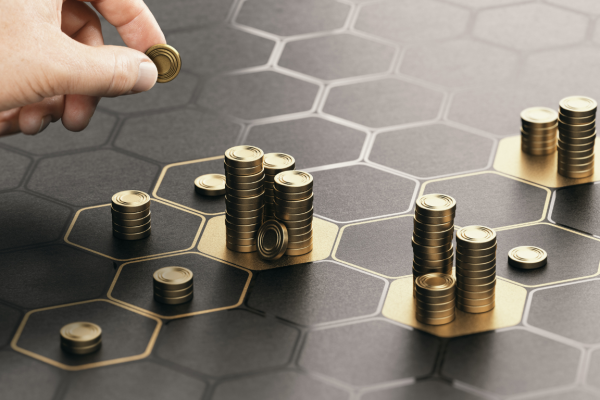
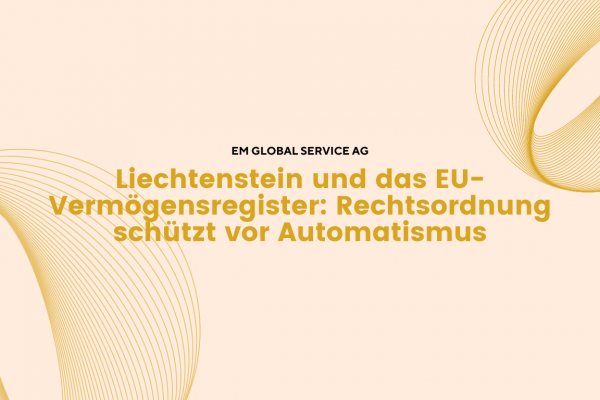

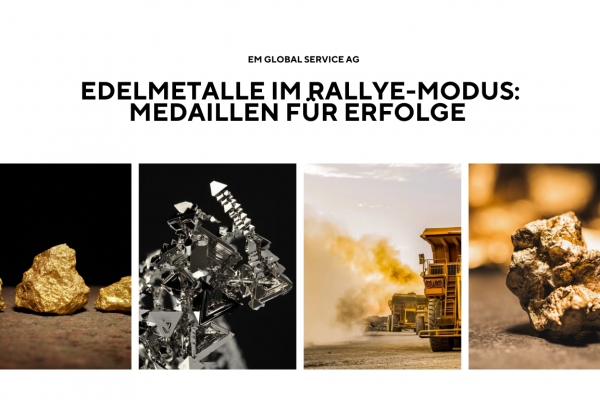

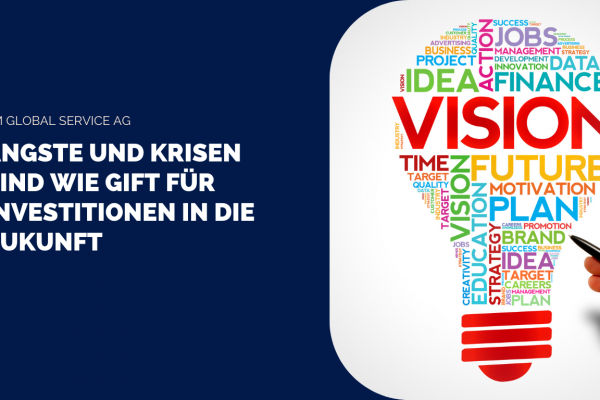
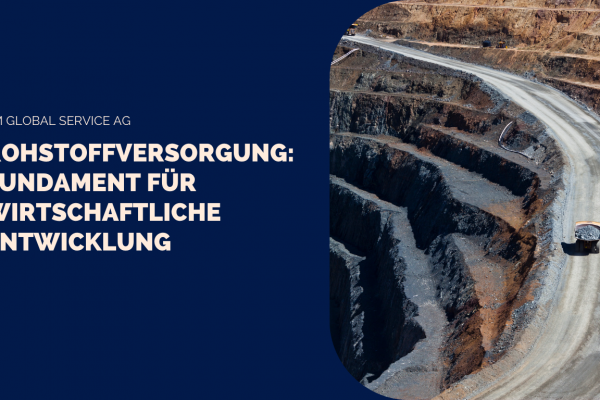
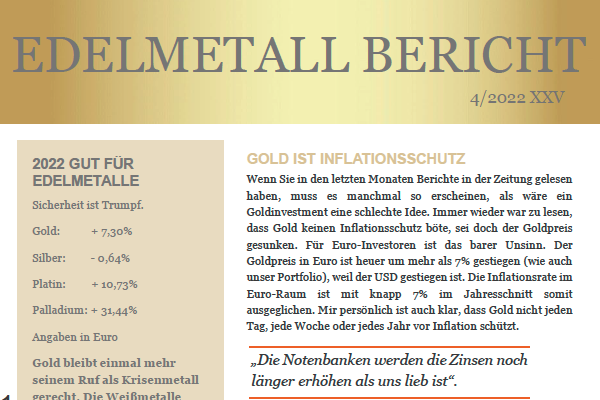
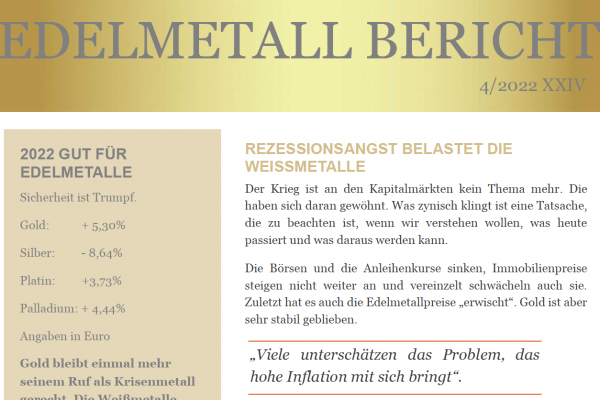
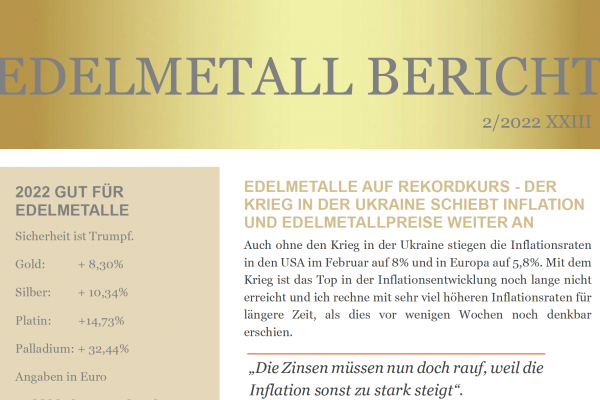
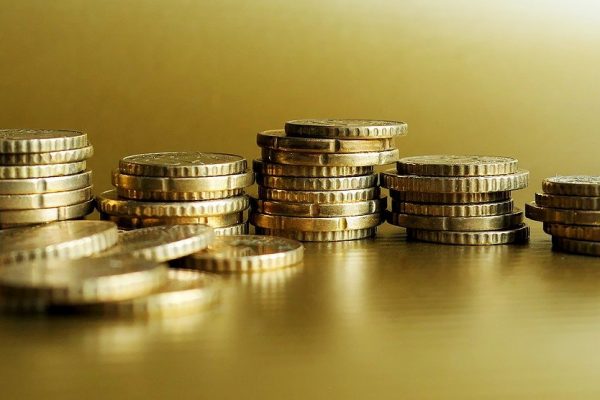


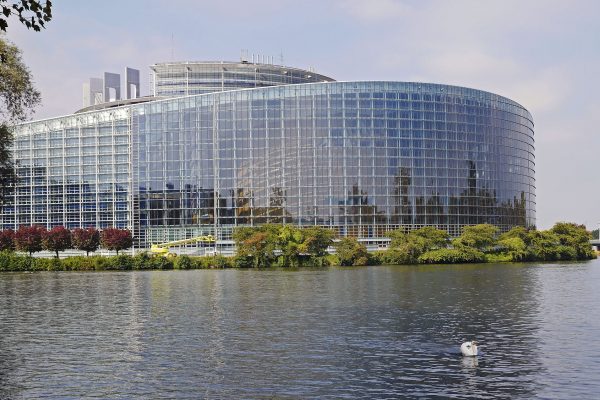
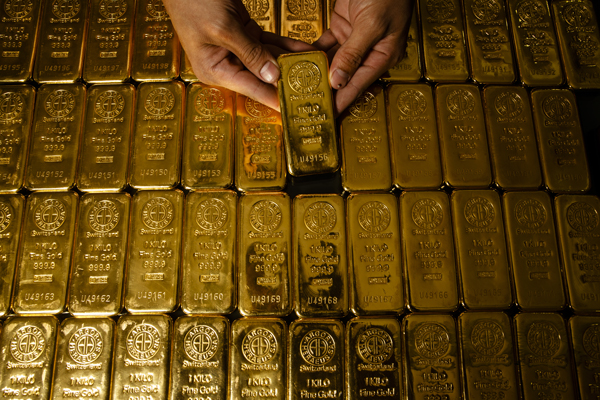

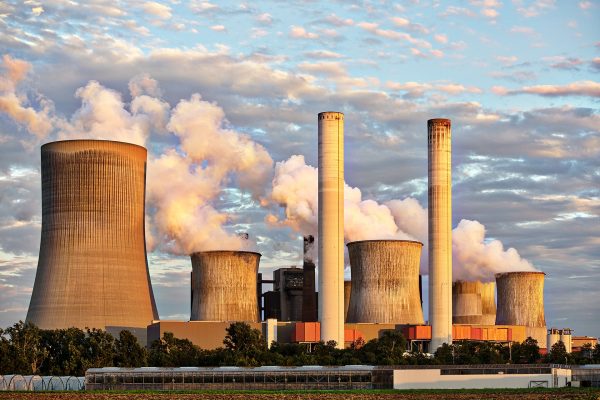



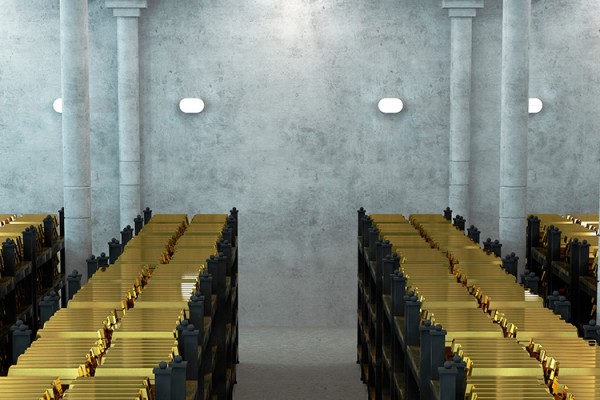
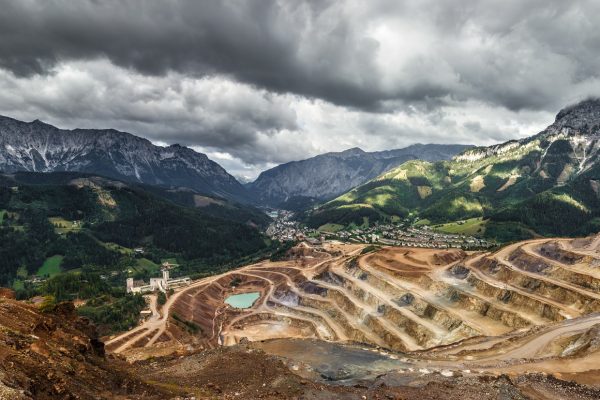
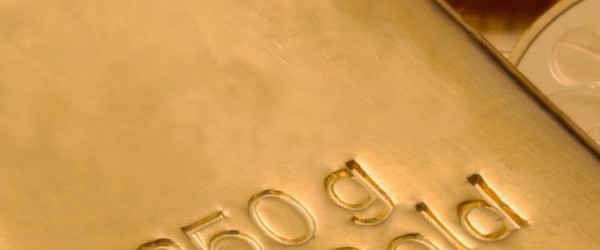
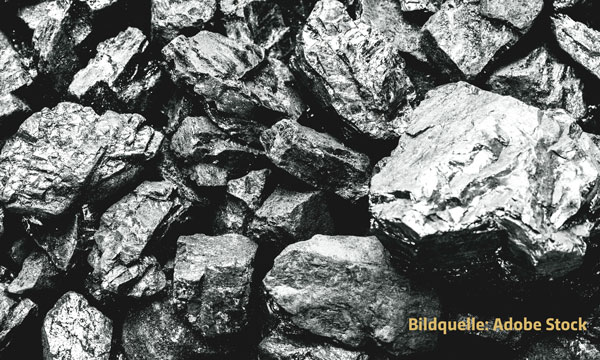
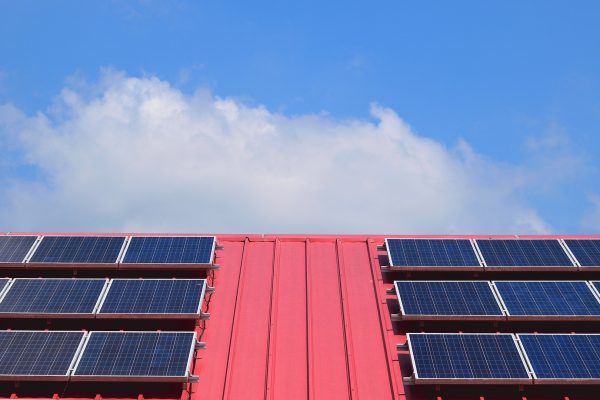
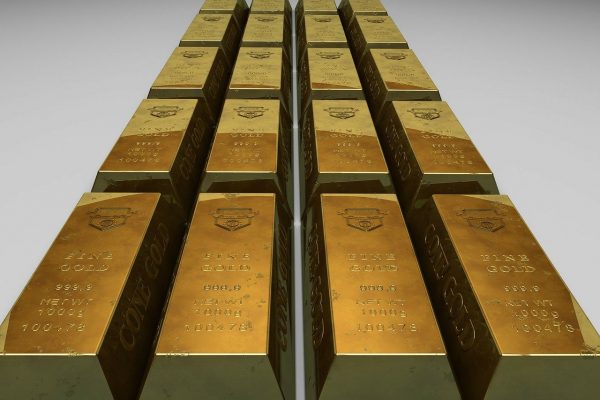
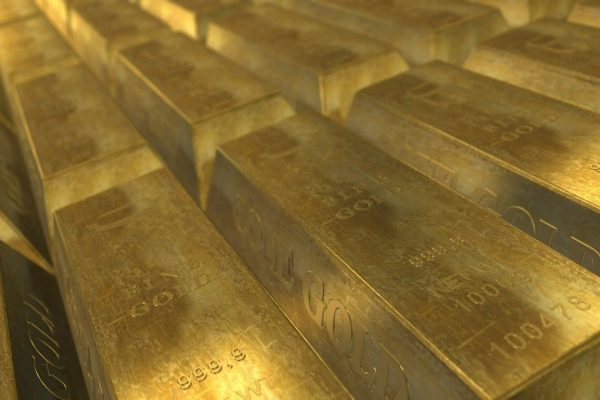
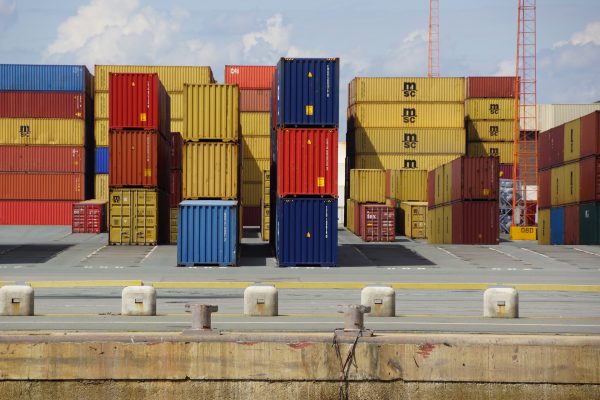
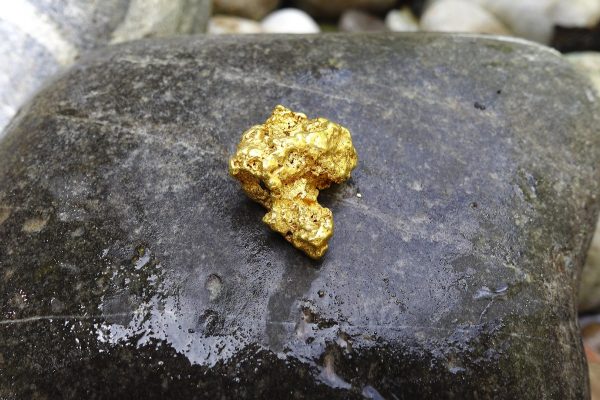

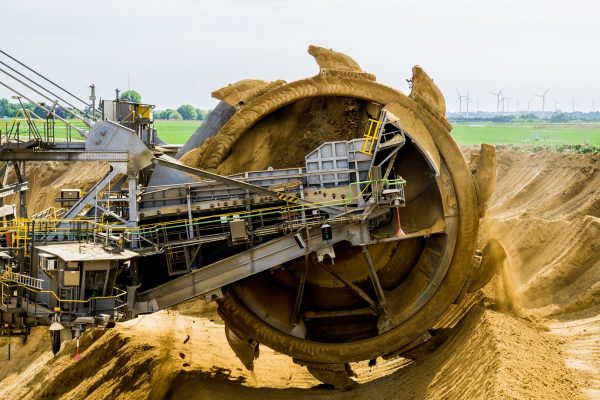
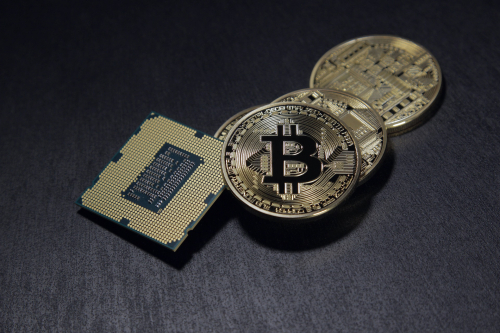
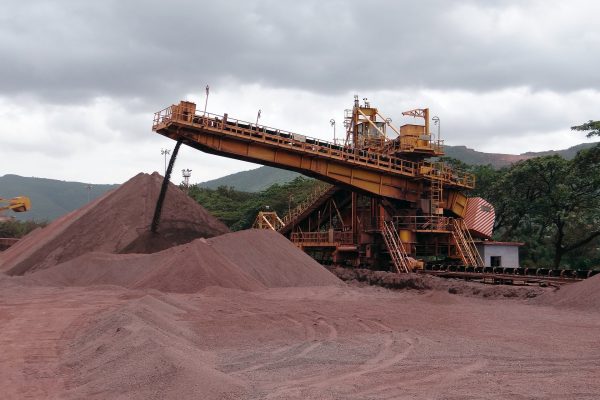
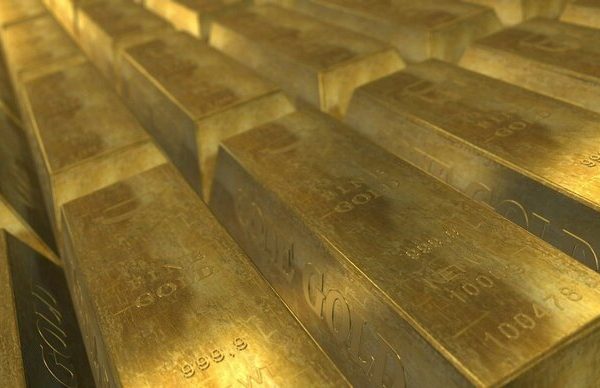

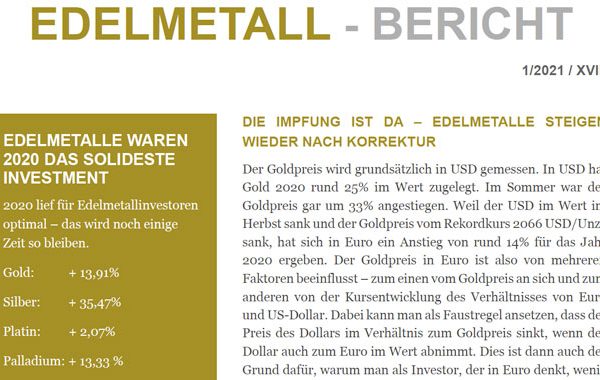
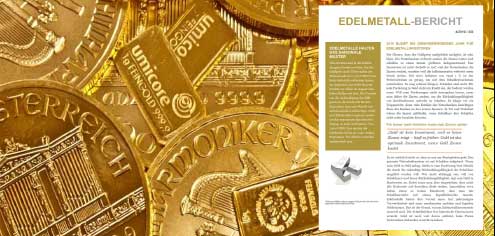
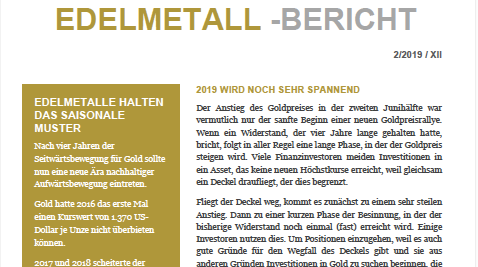
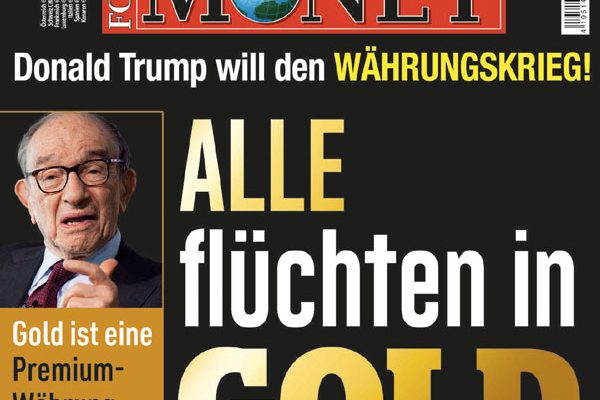
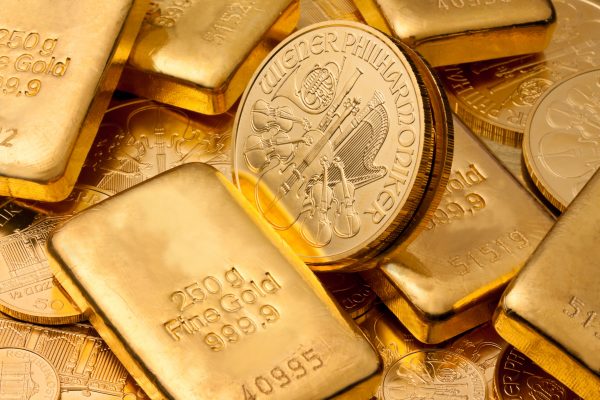


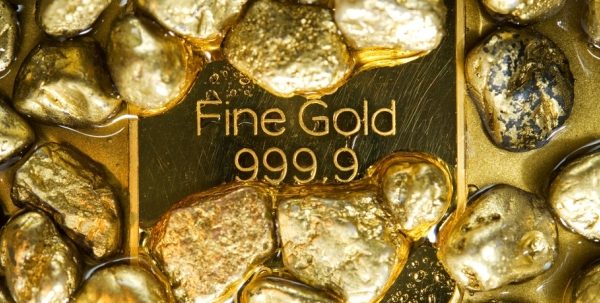

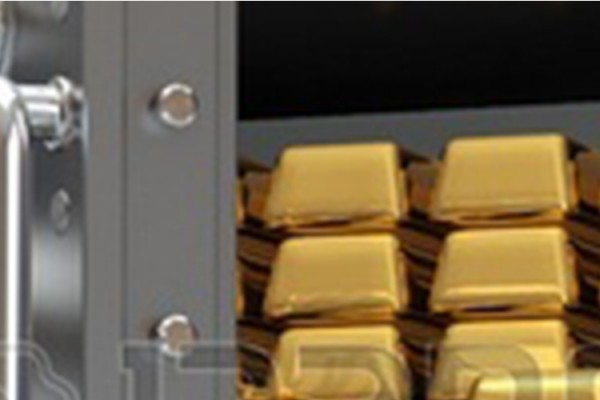
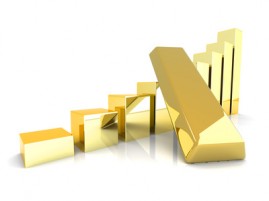

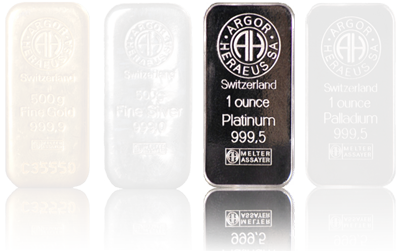

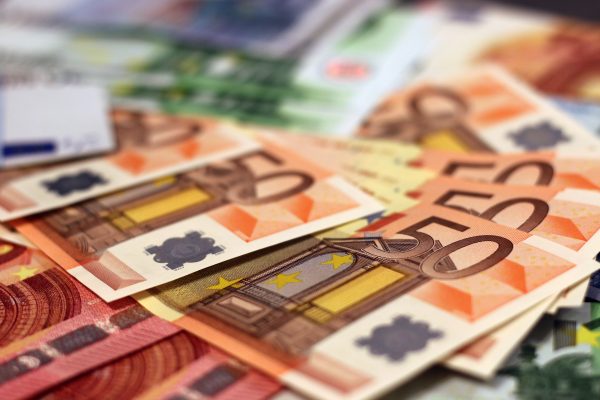
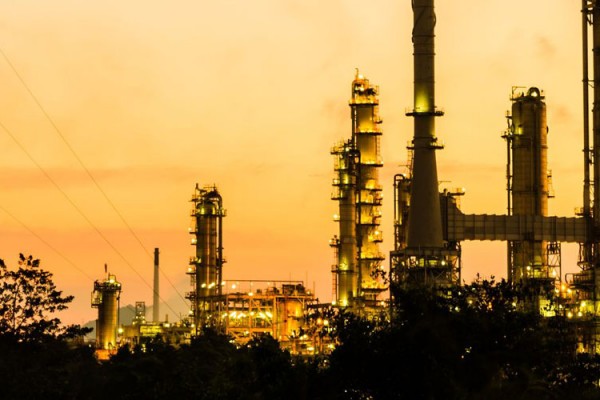
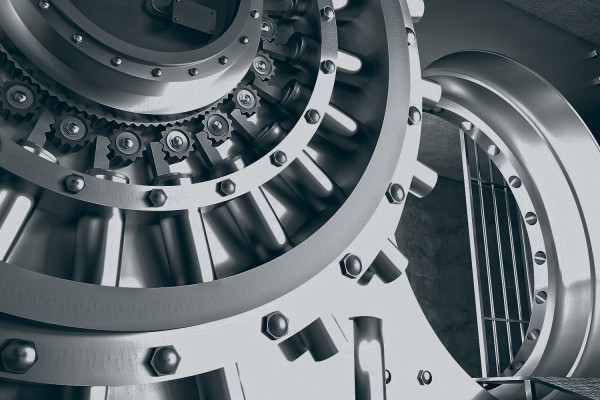
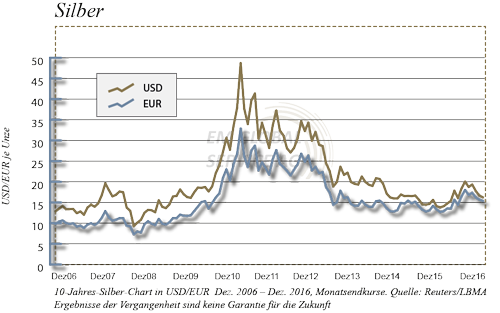
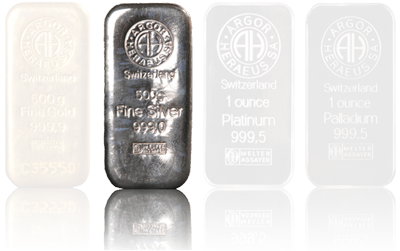
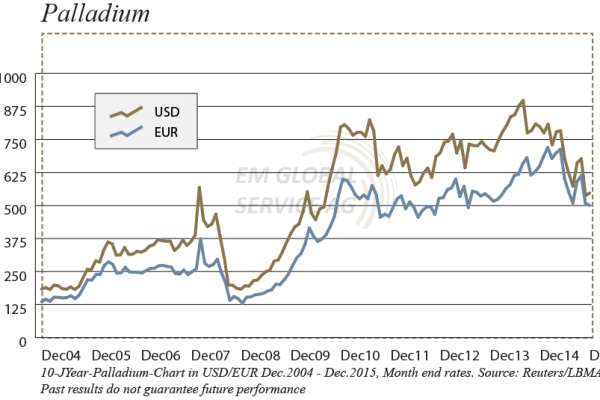
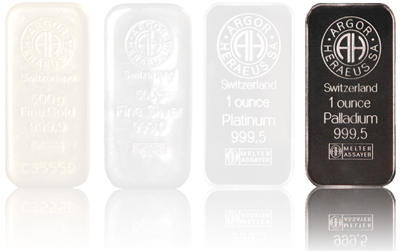
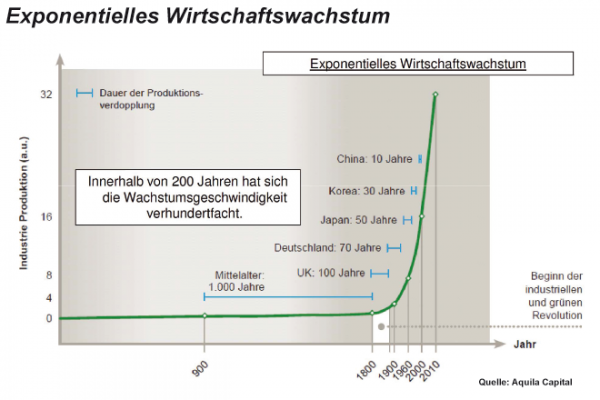
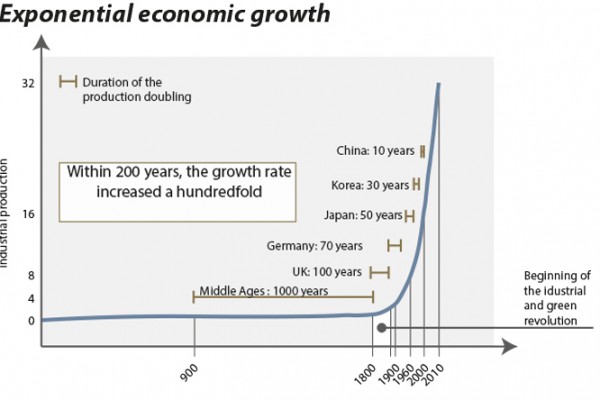
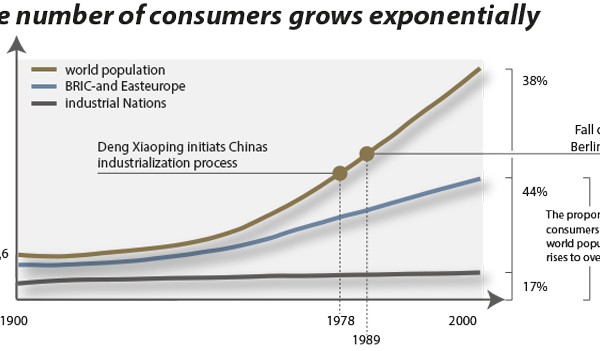
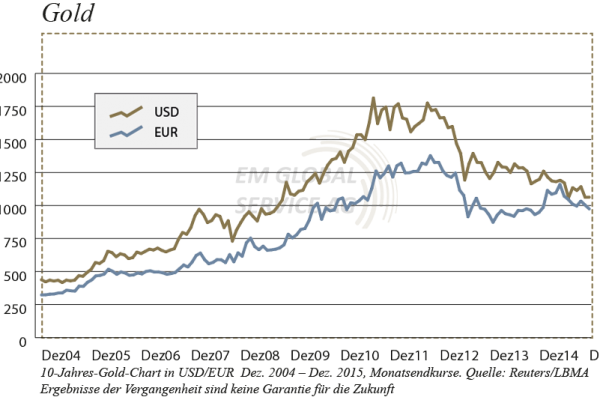

Neueste Kommentare